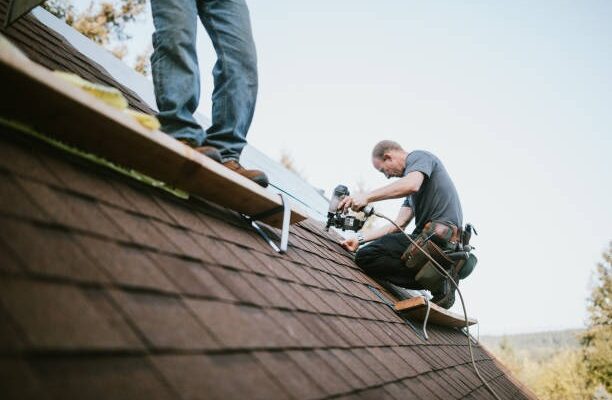A new fence can be a game-changer when you’re considering sprucing up your outdoor space. But before heading into any home improvement project, planning and preparation are key. Installing a fence isn’t just about putting up a few panels; it’s about ensuring the process flows smoothly from start to finish. So, how does one plan and prepare for a fence installation? Let’s jump in.
1. Initial Decision Making
First things first, you need to ask yourself why you’re getting a fence. Are you looking for privacy, security, or perhaps just a way to mark the boundaries of your property? Understanding your fencing needs sets the base for the entire process. Once you have your reasons, you can start exploring different fence types.
2. Choosing the Right Type of Fence
There are various types of fences to choose from, each with its benefits. Here’s a quick rundown:
-
Wood Fences: Classic and versatile, they offer a natural look.
-
Vinyl Fences: Low maintenance and durable, great for a modern feel.
-
Aluminum Fences: Lightweight but strong, perfect for security.
Your choice will largely depend on your specific needs and budget. For instance, if you’re looking for minimal maintenance, a vinyl fence might suit you best. In areas like the southern shore of Lake Erie, where weather can be unpredictable, vinyl fence installation in Cleveland can ensure durability and style without constant upkeep.
3. Budgeting for Your Fence
Now that you have an idea of the type of fence you’re considering, it’s time to set a budget. Don’t forget to include other costs such as labor, permits, and materials. Many people overlook these extras and end up exceeding their budgets. A well-planned budget will save you from unnecessary stress down the line.
4. Understanding Local Regulations
Before you dig post holes, check local regulations. Different areas have different zoning laws and restrictions regarding fence heights, materials, and placement. Be sure to check with your local authorities to ensure your plans align with local ordinances.
5. Planning the Layout
Take your time to plan the layout of your fence. This stage involves measuring your yard and deciding where the fence will go. It can also be beneficial to use spray paint or marker stakes to visualize the fence’s location. This step helps you avoid obstacles such as trees or underground utilities.
6. Hiring Professionals or Going DIY
This is a significant step in the fence installation timeline. Should you go DIY or hire a professional? While DIY could save you some money, remember it’s also labor-intensive and time-consuming. A professional, on the other hand, may offer wood fence installation services that ensure quality and efficiency, saving you potential headaches along the way.
7. Preparing Your Property
Some prep work must be done before installation day. You’ll need to clear the designated area of debris or obstacles. This step ensures that when the installation begins, nothing slows down the process. Any vehicles or large items should be moved away from the fence line.
8. Dealing with Neighbors
Many overlook this section, but it’s essential. If your new fence will share a boundary with a neighbor, it’s a good idea to talk to them beforehand. Open communication can prevent potential disputes and maintain good relations.
9. Installation Day
Finally, the big day arrives. Whether you’re doing the installation yourself or using a professional service, ensuring everything is organized beforehand will make the installation smooth and efficient. Having tools ready and a clear plan will save time and frustration. When it comes to installations requiring durability and a clean finish, aluminum fence installation offers a great balance. It’s a sturdy option, lightweight, and doesn’t rust, making it perfect for those in areas with higher moisture levels.
10. Final Checks and Maintenance
Once your fence is up, it’s important to do some final checks. Walk the perimeter and look for any gaps or areas that need additional work. After that, regular maintenance will keep your fence looking and functioning at its best. For wooden fences, this might mean staining or sealing. For vinyl and aluminum, a good wash every now and then can help maintain their appearance.
11. Considering Future Landscape Changes
As you plan and implement your fence installation, it’s wise to consider any future landscaping projects or changes you might envision for your property. This includes potential garden expansions, tree planting, or installing additional outdoor features such as decks or patios. By forecasting any changes, you can ensure your fence doesn’t hinder future improvements and enhances your overall landscape design. Integrating these factors during the planning stage can save time and costs associated with having to alter or move your fence later.
Final Thoughts
So there you have it, folks. A complete timeline of fence installation from planning to the final stages. By following these steps, you can ensure a hassle-free experience that enhances your home’s aesthetics and adds value and security.




